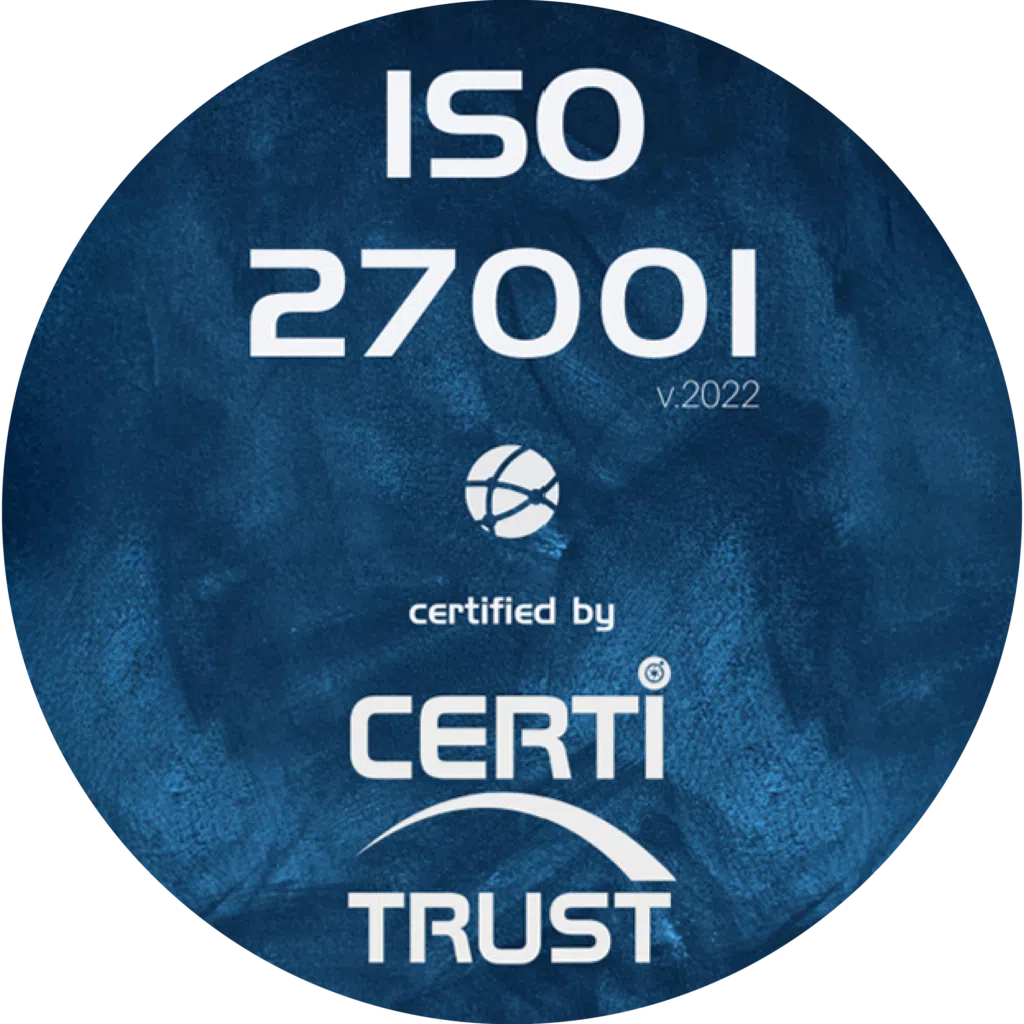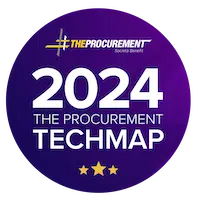Managing the procurement processes of companies with large purchasing volumes is quite a challenge. With a considerable number of partners and high figures under their responsibility, any error can cause considerable damage to the supplier relationship, for example. For this reason, your company needs to monitor its suppliers by means of a supplier panel, but this is not always done, mainly because the people in charge don’t know how to go about it. Product quality, delivery times, delays and supplier proactivity are all points that can be measured and evaluated.
What is supplier monitoring?
It’s a routine of constant assessments of all suppliers involved in your supply chain. Unlike inventory management, this monitoring work affects your company’s performance even more, as it is also linked to other variables. Purchasing management software such as Weproc gives you visibility of all this information, in real time, thanks to the existence of a customized supplier panel. Supplier tracking can vary a little from one company to another. It is often focused on providing timely and relevant information on each supplier’s relationship and performance. It enables suppliers to be evaluated. This evaluation generally focuses more on the quality of products and services supplied, adherence to deadlines, cost and pricing policy.
By using these types of measurements, an index is created. It enables you to compare suppliers directly and study their performance in order to improve your business.
The importance of supplier monitoring
Monitoring your suppliers directly affects your results, but there are other reasons to consider.
A direct impact on company performance
Suppliers have a major impact on the delivery of the products or services your company provides to its customers. If this process is subject to direct interference from raw materials and contract services, delivery performance can be affected. The ability to assess the savings generated in your purchasing processes will have a direct impact on whether your company’s profitability increases or decreases. Supplier monitoring also has an influence on procurement levels. The latter must not suffer from a shortage of materials at crucial times, or from overloading, otherwise it could work against you when evaluating suppliers. This review involves analyzing the supplier purchasing cycle, in order to measure the importance of each supplier.
Save time and money
Avoiding non-conformities is a very important aspect of supplier monitoring. It’s also about reducing failures caused by those defective products that may remain unused in your business. With better tracking, you’ll be able to keep the supply chain flowing smoothly. You can save time and have less bureaucratic processes thanks to automated supplier invoices, for example. Thanks to these optimized routines, you’ll see greater ease of management and agility in your favor. This will give you more time to deal with other important issues that would normally be in the background. Concentrate on essential tasks such as good supplier relationship management or negotiating before a contract is tacitly renewed, for example.
Simple performance analysis
Optimizing routines and improving process quality are equally important. Achieving this higher level of relational maturity with their suppliers means that both parties will perceive greater ease of communication. This will make the relationship easier. More strategic issues will be raised instead of less operational ones. Good relationships will give your company a much more consistent and solid metric for comparing all types of suppliers. This necessarily means much greater negotiating power for your company.


How can you optimize your supplier follow-up?
Here are a few criteria you need to follow to carry out a supplier audit, find the right suppliers, monitor your suppliers’ performance and establish a relationship of trust:
Quality
It is of the utmost importance to establish and maintain aligned quality standards between your company and each and every supplier. To achieve this, monitoring the quality of suppliers and the services they provide is essential. If this monitoring does not take place, the supplier has no way of knowing whether quality standards are aligned, whether the company is satisfied, and whether there is any possibility of a breakdown in business relations.A very important quality criterion to monitor is the quantity of rejected items per delivery. This index provides information on the supplier’s concern to ensure that deliveries are made in accordance with the customer’s request.
The company should set an acceptable standard of quality problems for each type of delivery, and use this standard to evaluate supplier performance and quality. In addition to monitoring, it is important to make these standards clear when concluding contracts with suppliers. Suppliers who fail to meet the company’s quality standards should be penalized according to the scale of the situation. Service quality is an important element to take into account in your supplier management.
Performance
Another set of criteria that should be presented are those related to delivery performance. When you enter into a contract, it contains dates by which products must be delivered or services provided, and this date must be strictly adhered to. In the meantime, companies generally carry out a “standard deviation” of delivery dates, approximately 1 day before and 1 day after the date previously set. This deviation exists to allow for delivery incidents, and a margin of error is also established for undelivered goods (around e10 of the total order). Accidents and all kinds of events can occur. Setting an acceptable deviation is a better way of controlling your suppliers’ performance. Maintain strict control over compliance with dates and results, while keeping an acceptable margin of error, and assign scores to each supplier on these points.
Other evaluation criteria
You can also evaluate a supplier’s performance by its position on certain negotiating fronts. Assess whether the supplier is open to reducing costs on the basis of your offers, and to easing payment terms. This shows the supplier’s willingness to maintain a long-term relationship with your company. Another option is to assess the supplier’s transparency. He should provide contact details of previous customers, from whom you can ask for references. This speaks volumes about the company’s suitability, and your organization can only benefit from a thorough audit of the suppliers it joins forces with.
Supplier performance analysis
Once you’ve assessed supplier performance, assigned scores and made the necessary observations, it’s important to analyze the data. For suppliers providing the same type of service, it’s useful to compare scores and observations. For all suppliers, it’s important to assess the possibility of keeping them within the company. If a supplier’s performance doesn’t meet the company’s standards, it’s worth scheduling a meeting and reviewing the terms of the partnership, or even considering cancelling the contract. Providing constant feedback is the best way to pass on these assessments to suppliers, enabling them to make improvements to their internal processes and keep an eye on the relationship with your company.
In this way, extreme situations of dissatisfaction between the parties can be avoided, and a good supplier relationship maintained. These assessments are an excellent way of analyzing how your company’s supply management processes are working, and of managing supplier risks. You can keep the best suppliers under contract. You can continuously test and optimize management processes and methods.
Want to learn more about our Weproc procurement management software?
Contact us or request your 15-minute demo below!








